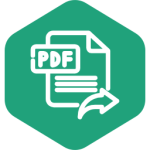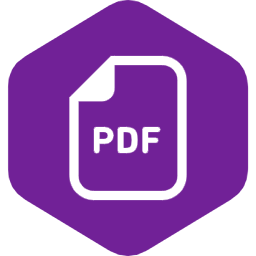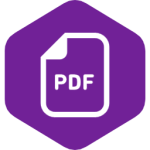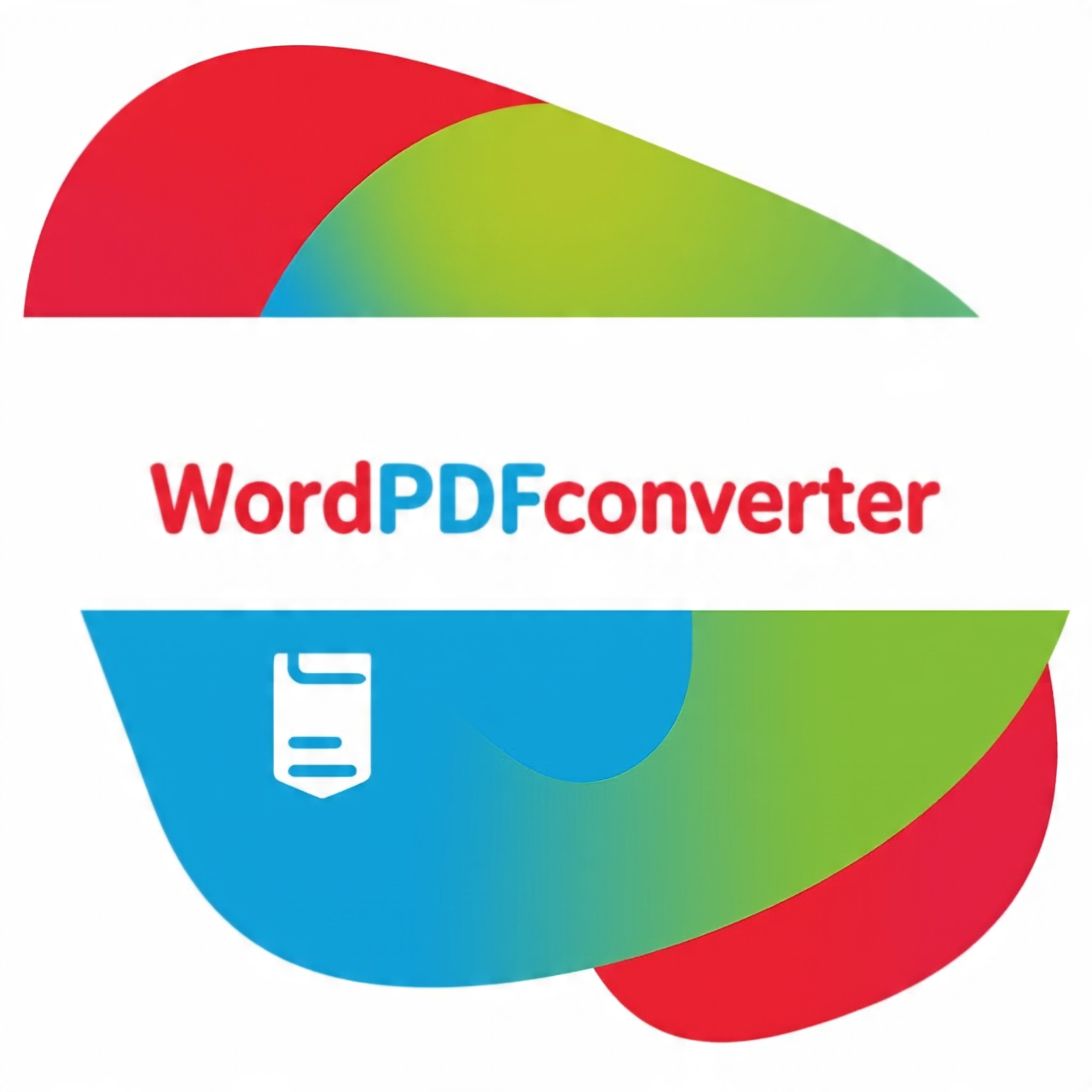Word PDF Converter ! Solution for your PDF Tasks.
Wordpdfconverter is your all-in-one solution for managing PDFs effortlessly for free. Whether you need to convert, merge, split, compress, or edit PDFs, this powerful tool provides a seamless and user-friendly experience.
Popular Tools
Convert to PDF
Convert From PDF

Coming Soon
Convert pdf to image, excel, word, csv and more online with our converter,

Coming Soon
Convert pdf to image, excel, word, csv and more online with our converter,

Coming Soon
Convert pdf to image, excel, word, csv and more online with our converter,

Coming Soon
Convert pdf to image, excel, word, csv and more online with our converter,
Organize, Edit PDFs
Image Converters, Editor, Compressor & More
File Converters & Generators
Word PDF Converter
Explore the functionality of converting files such as DOC, DOCX, JPG, PPT, XLS, GIF, CSV, CSS, INI, Crop PDF, Extract, Code Snippet, and HTML to PDF and vice versa from PDF to Word, Excel, Word to PDF, PowerPoint, Image Compressor and many More.









